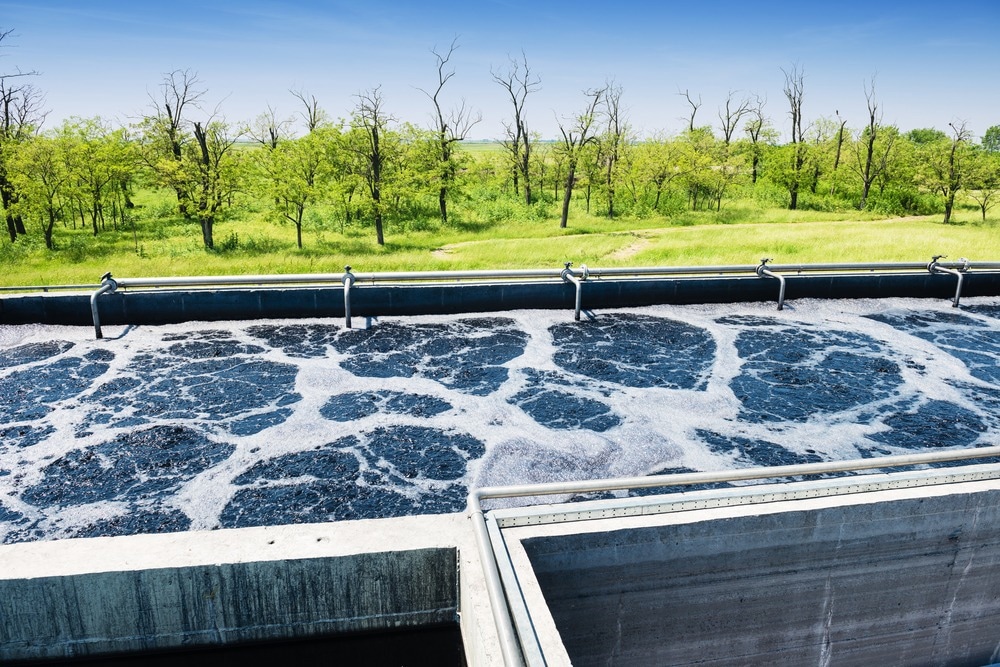Reclaimed water is often used in metropolitan areas. Persistent microorganisms in recovered water, however, have been frequently detected and identified as the greatest health risk associated with wastewater reuse.

Image Credit: Avatar_023/Shutterstock.com
Typical reclaimed water uses, like road cleaning, green field irrigation, or landscape fountains, produce substantial volumes of aerosols, and people exposed to pathogen-containing aerosols may become unwell. However, relevant research is rare, and the amount of recovered water inhaled is frequently estimated by conjecture.
A new study is now available online in Frontiers of Environmental Science & Engineering in 2022. The research group calculated the health hazards associated with probable exposure to airborne Legionella released from urban reclaimed water use in China.
A nationwide survey was created to study the Chinese population’s exposure patterns in various scenarios:
1) People walk on the sidewalk when road cleaning is happening.
2) People stroll along a green field in a park for recreational purposes where an irrigation system is in use.
3) People pass by an ornamental landscaping fountain.
Based on the concentration distribution of Legionella in the reclaimed water, the yearly infection likelihood of people exposed to Legionella for three scenarios—0.0764 for road cleaning, 1.0000 for green field irrigation, and 0.9981 for landscape fountain—were significantly greater than the WHO-recommended threshold (104 per person per year).
Annual infection probability statistics based on age, educational background, area, and gender revealed differing tendencies for several subpopulations.
The risk analysis results showed that steps should be done to prevent Legionella exposure and possible spread during water reuse. Before being used for road cleaning and landscape fountains, reclaimed water can be treated in a holding tank.
Lowering the retention period of water in the tank could also successfully reduce Legionella growth. When using reclaimed water, a warning sign should be placed prominently in the park, as the elevated risks of specific subgroups are mostly attributable to the concurrence of their leisure activities with the period of reclaimed water consumption.
Journal Reference
Chen, M., et al. (2022) Aerosol exposure assessment during reclaimed water utilization in China and risk evaluation in case of Legionella. Frontiers of Environmental Science & Engineering. doi.org/10.1007/s11783-021-1516-1